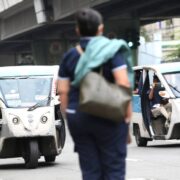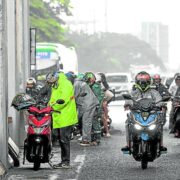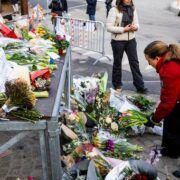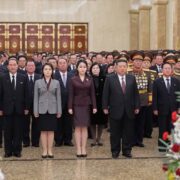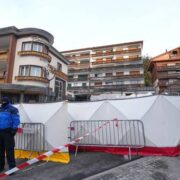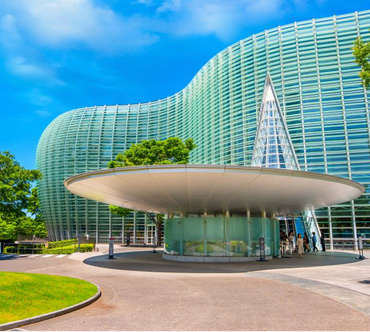Making the next generation of megacities
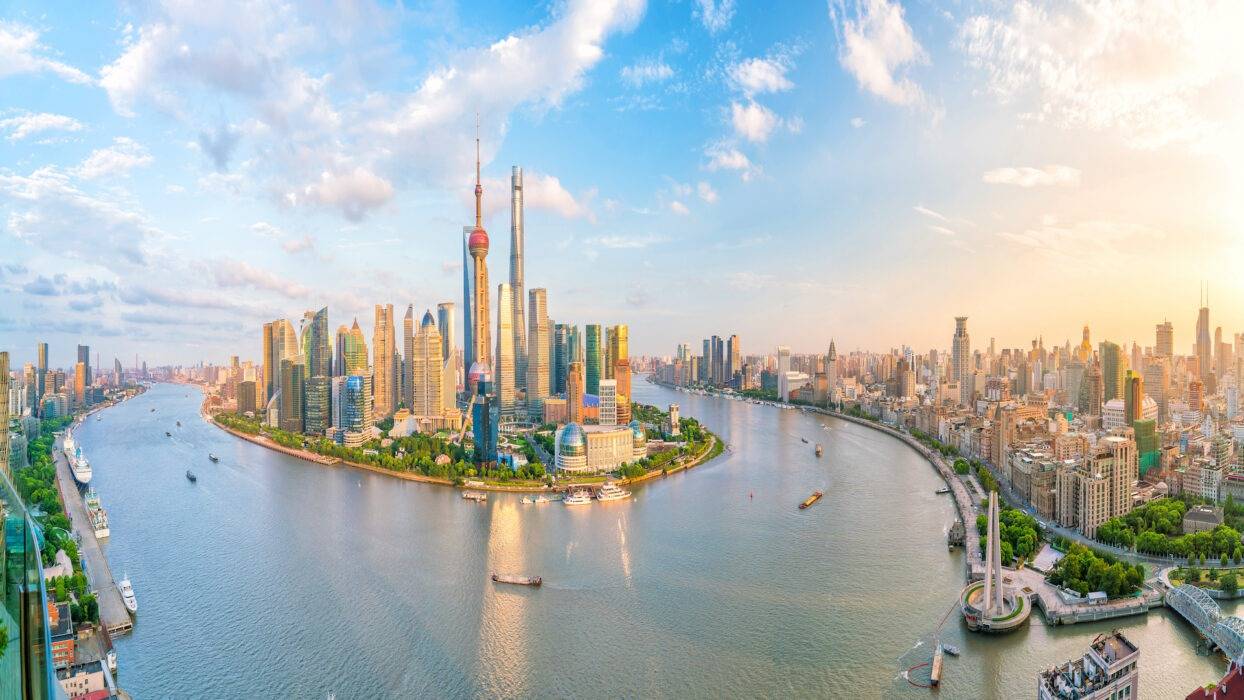
Megacities do not arise from size alone. They emerge by carefully synthesizing infrastructure, ecosystems, and human behavior.
A truly functional urban center grows from a systemic design that prioritizes intelligence in layout, environmental stewardship, and social inclusion. As land availability contracts and climate variability accelerates, the challenge of urbanization shifts from expansion to transformation.
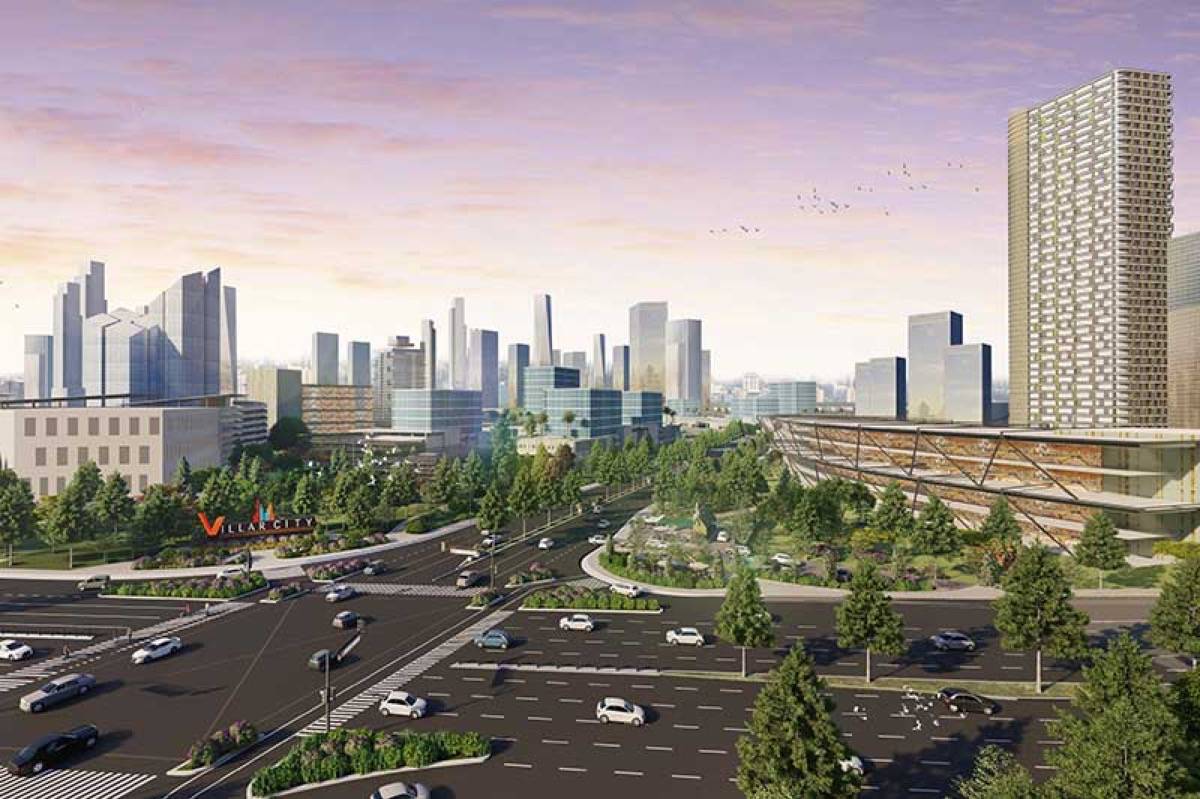
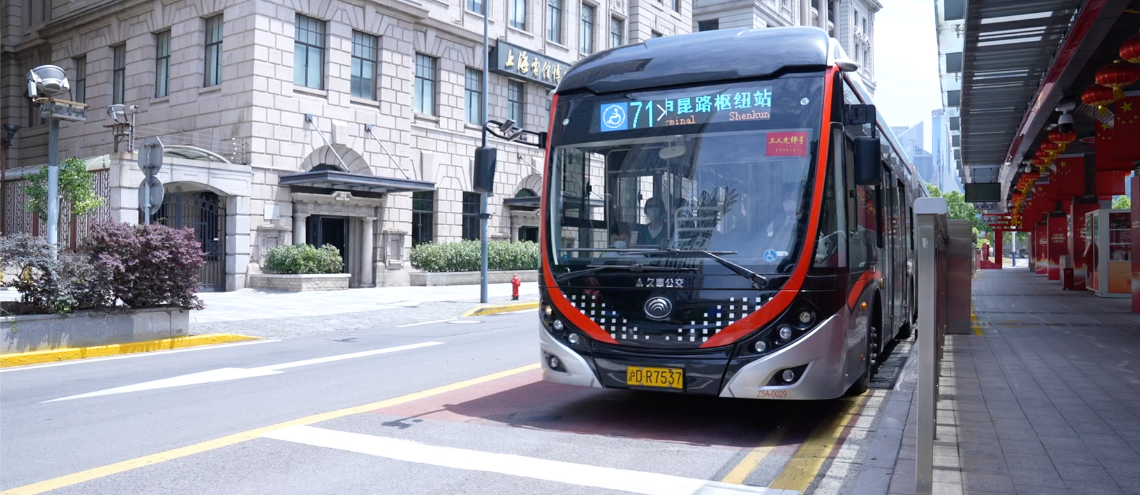
Mobility systems
Modern megacities require multi-tiered transport systems that manage congestion while enhancing connectivity.
Railways, expressways, ferry services, and emerging aerial mobility options must interlink seamlessly to support a fast moving economy. Skybridges for pedestrians, bicycle expressways, and underground cargo routes offer layered circulation and preserve surface space for green corridors.
These elements create breathable cities where mobility serves human comfort as much as efficiency.
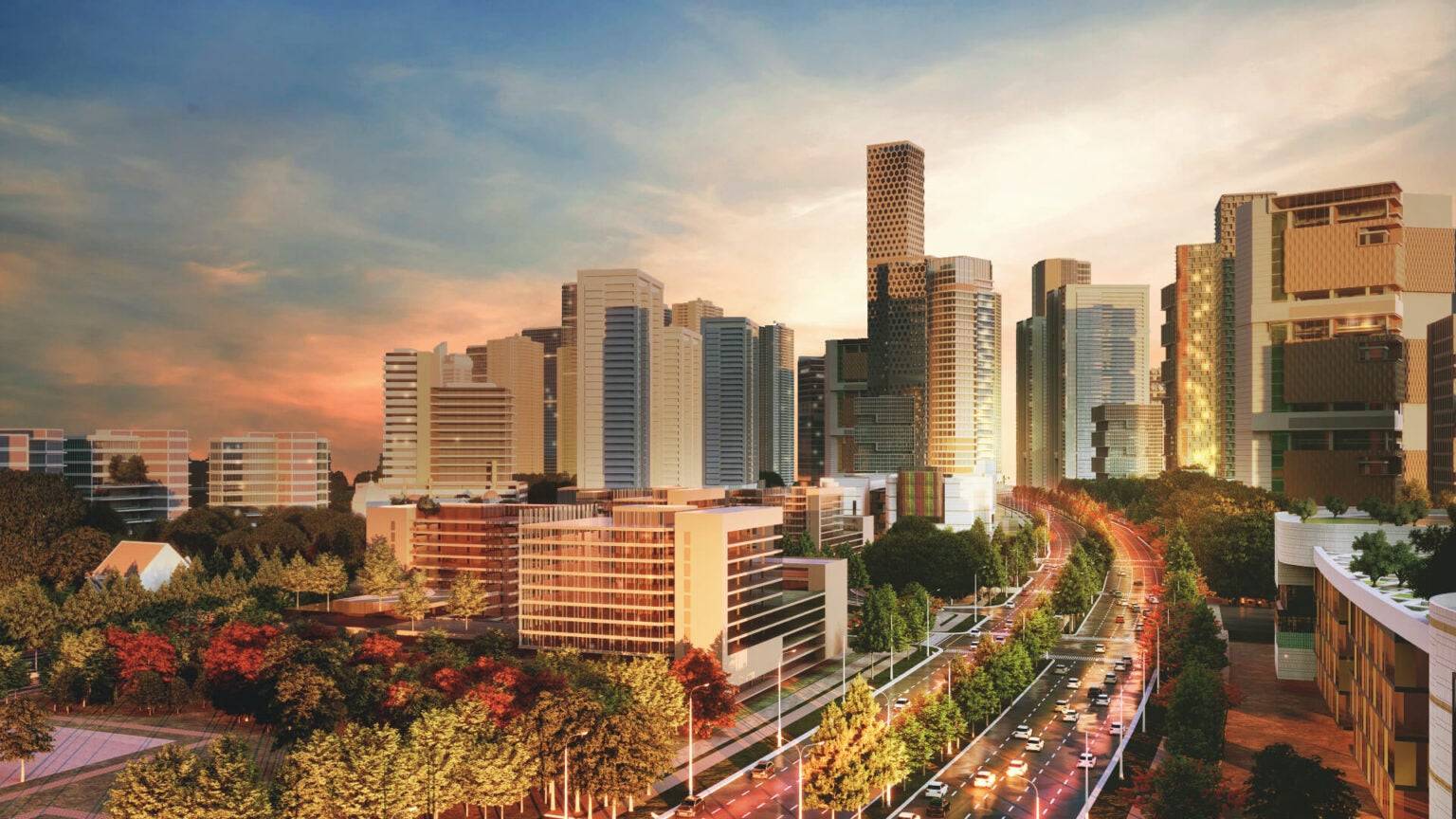
Urban form that responds, adapts
Cities must plan with resilience. Fixed zoning practices limit potential in a dynamic world.
Instead, mixed-use clusters that combine residential, institutional, and commercial functions should evolve in response to community needs. The zones must adjust to occupancy patterns, climate conditions, and energy demand, offering agile urban responses to fluctuating pressures.
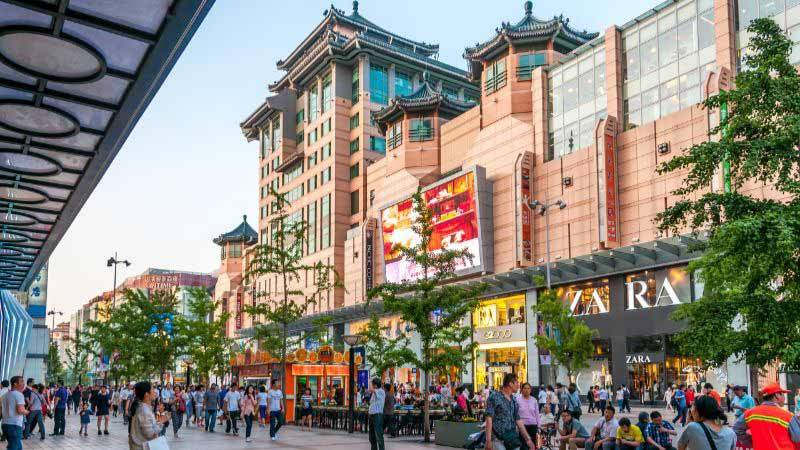
Resource cycles
A sustainable megacity manages its inputs and outputs within local systems.
Renewable energy microgrids, district-wide cooling networks, wastewater recycling, and rooftop urban farming establish circular economies. These models decentralize essential services, relieve pressure on legacy infrastructure, and support long term environmental viability.
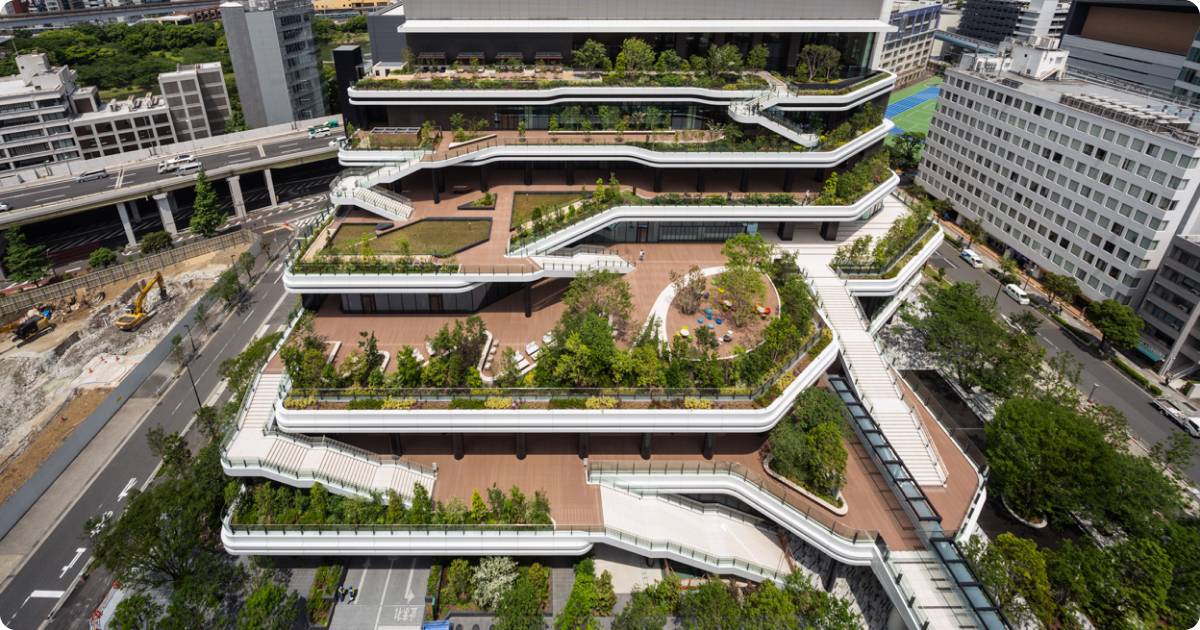
Natural systems
Developers must engineer ecological resilience into the core of megacity planning.
Riparian buffers, bioswales, flood retention areas, and rewilded terrains moderate temperatures, manage runoff and improve biodiversity. These features serve as environmental infrastructure and enhance urban livability.
Facades with vertical gardens, shaded boulevards, and green rooftops contribute to local climate regulation and improve air quality.

Technology as unseen enabler
Digital frameworks should function silently in the background, orchestrating seamless urban operations.
Integrated data from traffic, utilities, safety, and waste services empowers predictive governance. These platforms inform planning decisions, reduce service disparities, and promote faster emergency responses. When digital systems support analog life, cities become more responsive, inclusive, and humane.
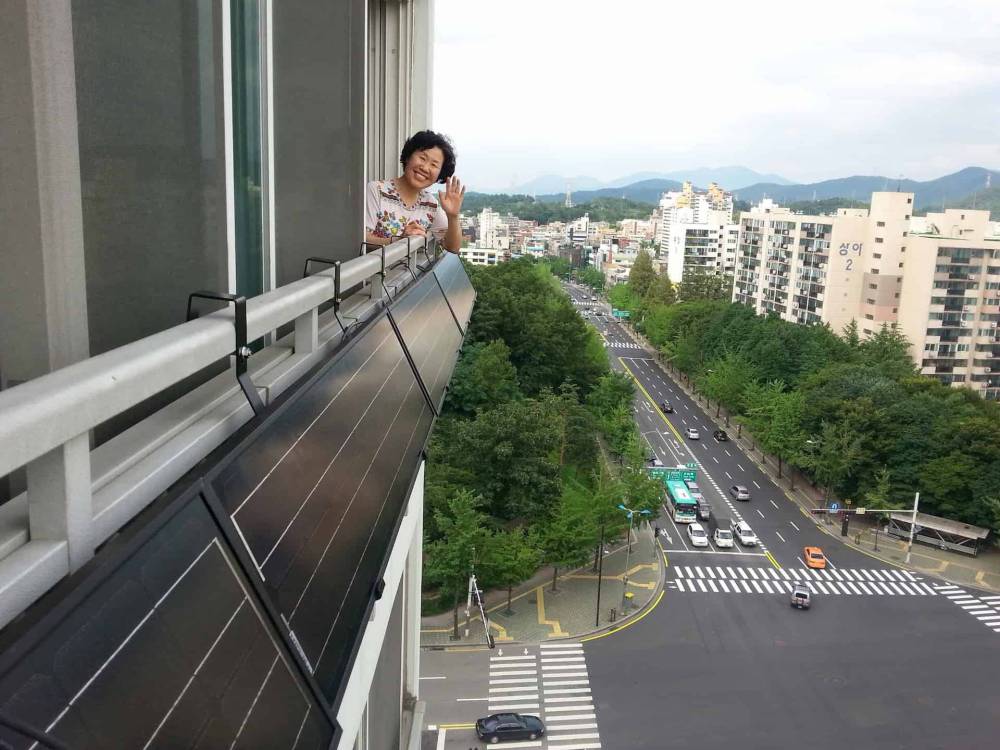
Designing with equity, identity
Mixed-income housing, localized cultural centers, and diverse economic hubs prevent the concentration of privilege and reinforce civic identity.
Programs that preserve local languages, crafts, and customs sustain social capital. Cultural integration enriches public space and fosters belonging in an ever-evolving metropolis. Growth must offer spatial and social inclusion.
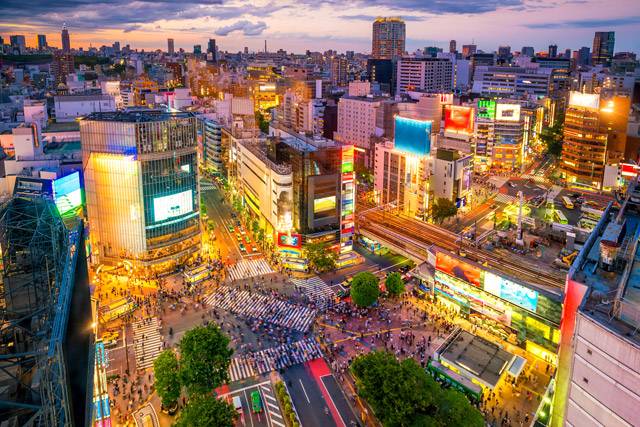
Long term thinking
Effective cities plan beyond immediate market demands or political timelines.
Urban design frameworks must extend across generations, embedding flexible land-use policies, adaptive governance, and incentives for regenerative growth. This long view insulates cities from cyclical disruptions and builds continuity in infrastructure, culture, and prosperity.
The author (www.ianfulgar.com), is a leading architect with an impressive portfolio of local and international clients. His team elevates hotels and resorts, condominiums, residences, and commercial and mixed-use township development projects. His innovative, cutting-edge design and business solutions have garnered industry recognition, making him the go-to expert for clients seeking to transform their real estate ventures




